Results 2,511 to 2,520 of 12095
Thread: Anandtech News
-
01-09-13, 04:30 PM #2511
Anandtech: Hands on with Intel's Lexington Platform Z2420 Phone
Yesterday I played around with Intel's Lexington platform FFRD smartphone. Lexington is an entry level cousin of the Medfield platform which is based around Intel's Z2420 SoC and an Intel XMM 6265 baseband. The device includes a 3.5-inch HVGA display, 5 MP rear facing camera, and 1.3 MP front facing camera. 
 
The Z2420 SoC inside Lexington is a lower clocked version of the Z2460 codename Penwell SoC, with CPU clocks down at 1.2 GHz instead of the Z2460's 1.6 GHz. I'm told that the SGX540 GPU clock remains 400 MHz, and memory bandwidth and interface remains the same as well. The Lexington was running Android 4.0.4 when I played with it. XMM6265 is an XMM6260 derivative that enables dual SIM operation, you can see in Android the two cell status bars and under about two sets of cell information. Lexington is aimed at emerging markets where dual SIM operation is a given, hence this architecture. There's also a removable 1500 mAh battery.
Performance on the Lexington was definitely a bit slower than the Medfield platform FFRDs I've played with (like the Lava Xolo X900 we reviewed or the Orange San Diego) but still pretty speedy. Stock browser performance and UI responsiveness subjectively seemed good to me. Construction is a bit thick, but one has to keep in mind this is an entry level device designed to go after the mass market and deliver performance that other lower end phones often based on ARM11 can't. I'm told cost will be extremely competitive — just like the Medfield FFRD Intel won't sell the Lexington FFRD shown here directly, but rather go after OEMs willing to take a nearly finished product to market. 
Gallery: Hands on with Intel's Lexington Platform Z2420 Phone






More...
-
01-09-13, 05:00 PM #2512
Anandtech: Mushkin Unveils Enterprise ProSpec SSD Line
Like many memory companies, Mushkin has also added a selection of flash memory and SSD products to their portfolio. Their current Chronos and Chronos Deluxe lines cater to the consumer and enthusiast sectors, respectively, but now Mushkin is going after the more lucrative enterprise sector with their ProSpec SSD line.
The ProSpec drives will all use the SandForce SF-2582 controller, with enterprise class MLC. The remaining features are common to other SandForce-based drives (128-bit AES hardware encryption, TRIM support, wear leveling, etc.), and the PrSpec drives come with a 3-year warranty. Mushkin specs the drives to deliver random read/write performance of 80K/42K IOPS with sustained transfer rates of 560MB/s, with capacities ranging from 100GB to 400GB.
Based on the capacities, that means Mushkin is increasing the amount of overprovisioning from the typical 14% (7% in cases with “zero” overprovisioning, e.g. certain ADATA models) that we see in consumer drives to a healthy 37%. As we've shown in our recent SSD testing, increased spare area and/or overprovisioning can have a dramatic impact on performance, so the ProSpec line should be competitive in terms of performance. Reliability and other aspects are of course often more important in the enterprise sector, but Mushkin does include a large capacitor to prevent data loss in the event of an unexpected power failure.
Mushkin’s press release did not specifically list an availability date or pricing information, but it appears the ProSpec drives should be available shortly. We’ll update if we can get more details.
Gallery: Mushkin Unveils Enterprise ProSpec SSD Line



More...
-
01-09-13, 05:00 PM #2513
Anandtech: TRENDnet Joins 802.11ac Bandwagon with AC1750 TEW-812DRU Router and TWE-80
We have covered CES announcements from Netgear and D-Link already and we now move on to TRENDnet. Despite being headquartered in Torrance in southern California, they seem to have had better success in Latin and South America than in the USA market. Apparently, things have been changing and they have steadily started increasing their market share in NA starting in 2007 - 2008. Given that we have been hearing about TRENDnet products for quite some time, we took the chance at CES to go and look at their offerings.
The star of the show was undoubtedly their dual spatial stream 802.11ac USB 3.0 dongle. Last year, we saw 802.11ac USB 2.0 dongles, but even a single spatial stream in 802.11ac can provide up to 433 Mbps. Therefore, many users were wary of purchasing these dongles. USB 3.0, on the other hand, provides enough bandwidth for multiple spatial streams. The TRENDnet TEW-805UB can connect to either a dual spatial stream 802.11ac network for 867 Mbps of theoretical throughput or a dual spatial stream 802.11n network for 300 Mbps of theoretical throughput. The TEW-805UB will ship in April 2013 with a MSRP of $70.
TRENDnet has been reliant on Qualcomm Atheros silicon for their routers so far. Due to this, they have been late in jumping on to the 802.11ac router scene since Broadcom has the only shipping radio solution. Similar to the 802.11ac routers launched by Buffalo and Netgear last year, the TRENDnet TEW-812DRU uses a Broadcom solution for both the radios and the processor.
The TEW-812DRU is scheduled to ship later this month with a MSR of $230 (with the street price expected to be similar to other 802.11ac routers at $180).
Gallery: TRENDnet at CES 2013





Some of the other products introduced by TRENDnet at CES include the TV-IP851WC and TV-IP851WIC pan / tilt / zoom cloud cameras (TRENDnet's name for IP surveillance devices with automatic monitoring over the Internet and local network using mobile apps or a web browser), TEW-717HRE and TEW-713HRE compact wireless 802.11n range extenders and the TPL-407E / TPL-407E2K compact powerline adapters with passthrough capabilities.

More...
-
01-09-13, 05:30 PM #2514
Anandtech: Muskin's High Performance Ventura Ultra SF-2281 USB 3.0 Stick
All of the memory makers seem to have embraced the selling of flash memory devices--be they USB sticks, SSDs, SD flash for cameras, etc. Typically, USB sticks have settled on lower performance controllers with an emphasis more on sustained sequential transfer rates rather than pure performance.
Mushkin appears to be the first company set to pursue true SSD-class performance with their upcoming USB stick that features a SF-2281 controller. The drive is capable of read/write speeds over 300MB/s (380/325MB/s), and Mushkin mentoned IOPS of around 15K if memory serves. Those speeds are quite a bit lower than native SATA solutions, but Mushkin is using a SATA to USB host chip and the overhead involved lowers maximum performance somewhat--though it should still be much higher than other solutions.
Generally speaking, random IO speeds aren't all that important for USB sticks, but for accessing lots of small files Mushkin's device should prove quite speedy. They're also billing it as an excellent platform for Windows To Go, and the SandForce controller and improved IOPS should certainly help with such uses.
The device we were shown at the Mushkin suites is currently a prototype, so the industrial design isn't complete, but we're told it's fully functional (or at least it was until they started taking it apart and letting technology enthusiasts handle it). The Ventura Ultra will be available in capacities of 60/120/240GB, though pricing and launch dates are not yet known.
In a somewhat unrelated post, I also grabbed some additional shots of the 480GB Atlas mSATA SSD. Here you can see the two boards that make up the device. It's apparently right at the limits of the mSATA specifications, but some laptops apparently have smaller mSATA chambers that aren't able to contain the Atlas.
Gallery: Muskin Shows High Performance Ventura Ultra SF-2281 USB 3.0 Concept_thumb.jpg)
_thumb.jpg)
_thumb.jpg)

More...
-
01-09-13, 06:00 PM #2515
Anandtech: Lenovo and EMC Stir SMB NAS Market with LenovoEMC Joint Venture
News of the Lenovo - EMC joint venture, LenovoEMC crossed the wires last week. We met with Iomega yesterday at CES and discussed what this means for the storage market. The NAS space (in particular, the SMB market) is growing by leaps and bounds, and there are multiple players already established in the space. Iomega has had big success in the European and South American markets, and it is also trying to break into the North American market. Iomega's parent company, EMC, is a proven enterprise leader in the storage market with an international presence. On the other side, PC and server vendors have had steady sales in the enterprise space, and are looking to provide more value to their customers.
PC vendors have typically promoted third-party NAS solutions as shared, centralized storage for the computers and servers being sold. In this situation, it would make sense for them to bundle NAS units as well in order to increase profit margins and also provide consumers with a one-stop shop for support purposes. With this in mind, the LenovoEMC joint venture was created with Lenovo owning 51% stake and EMC owning 49% stake under Lenovo's Enterprise Products Group. While the px-series could contribute to Lenovo's enterprise server and storage initiative, the ix-series could end up being used with Lenovo PCs and workstations.
In terms of product offerings, LenovoEMC confirmed that all products announced in 2012 are now shipping as scheduled. Their current product lineup is presented in the picture above. We have LenovoEMC's ix4-300d in-house for review. Readers can look forward to a detailed review in early February.

More...
-
01-09-13, 10:30 PM #2516
Anandtech: iBuyPower Releases the Revolt Fully Custom Compact Gaming PC
The past two years has seen system integrators start to really diversify amongst themselves, but iBuyPower and CyberPowerPC in particular have been making strong inroads into retail. This CES, iBuyPower made a tremendous step from being a successful system integrator and boutique to a full on PC vendor by firing a shot across Alienware's bow with the Revolt.
The Revolt is fully custom, top to bottom. While iBuyPower and NZXT have traditionally had close ties, the Revolt's chassis was designed completely in house by iBuyPower. A custom chassis is noteworthy in and of itself, but what sets the Revolt apart is the fact that literally everything is custom. The motherboard may be manufactured by ASRock, but it was designed by and is supported by iBuyPower, using a standard Z77 chipset but with no video outputs on the rear I/O cluster. It's essentially a custom mITX design, and from there they use a PCIe bridge to rotate the graphics card ninety degrees. The CPU is also cooled by a 140mm radiator, presumably the same Asetek radiator employed by NZXT for the Kraken.
Dimensions aren't super diminutive and it's not quite as small as the X51, but at 16"x16"x4", the Revolt is still a fairly slim machine and includes an internal 80 Plus Gold certified power supply. Base specs for all models include a single 2.5" bay, a 3.5" bay, and an mSATA slot, as well as a slot-loading DVD burner, media card reader, two DIMM slots, and built-in 802.11b/g/n wireless and Bluetooth.
iBuyPower is being especially aggressive with the Revolt, angling to get it into retail with as wide availability as possible (already due to appear at Fry's, MicroCenter, and Best Buy Canada), but also with a remarkably low price tag.
Specifications are a little spare with the details for individual SKUs, but the base model starts at just $649. That gets you an Intel Core i3 processor, mechanical hard disk, and impressively for a retail gaming machine, a GeForce GTX 650. Try to remember that retail "gaming" systems, even those sold by iBuyPower and CyberPowerPC, still tend to shortchange the graphics card. The GTX 650 isn't spectacular, but it's a very strong starting point.
The next SKU up runs $899, and upgrades the CPU to an i5-3570K (overclocking ready) and the GPU to a GeForce GTX 660.
Finally, the full fat Revolt includes an overclockable i7-3770K, a GeForce GTX 680, and an SSD for $1,399. Those are essentially top-of-the-line specifications before you start getting into Sandy Bridge-E or multi-GPU gaming systems.
iBuyPower is taking pre-orders now, and will be shipping Revolts in February 2013.

More...
-
01-10-13, 01:30 AM #2517
Anandtech: In-Win's New Cases Deviate Wildly From the Norm
I felt like CES 2012's case designs were fairly predictable: companies that could be expected to produce great stuff produced more great stuff, while other companies that were a little more hit and miss continued to be hit and miss. Yet 2013 has seen some upset. While I personally like some of In-Win's older products for the value they provide, a lot of the aesthetics were caught up in the "gamer" mentality. In-Win still has a couple of ostentatious cases on hand, but they have some very original thinking going on as well.
The In-Win D-Frame is a limited edition and at a staggering $349 it isn't cheap, but it's definitely unique. Construction quality is very high; the piping isn't steel but aluminum, and the clear side panel is actually glass and not acrylic or plastic. Obviously this isn't for the garden variety enthusiast or anyone that owns a cat, but it's an eye-catcher and worth at least remarking on.
The H-Frame is another wild open air chassis, a series of aluminum fins that produce a simple, interesting shell. This is fundamentally an ATX enclosure, but check out the inside.
Ignoring the fact that I like blue, the interior of the enclosure is at least interesting to see. There are three 3.5" drive bays along with a 2.5" drive tray, and the "tray" at the far right is actually a fan mount. Again, the H-Frame may not be for everyone, but it's still slick to just look at.
Outside of these two interesting pieces, In-Win had a selection of more fairly basic enclosures similar to the GROne, although they did have some remarkable budget Micro-ATX cases that we hope to get in for review. Truthfully I'm surprised Micro-ATX has stagnated and is continuing to, as the ATX and larger form factors just offer less and less compelling reasons to employ them. Mini-ITX is perfectly adequate for a basic system now, while multi-GPU users or anyone who needs an expansion card can still be served perfectly fine by a Micro-ATX board.

More...
-
01-10-13, 02:00 AM #2518
Anandtech: Lian-Li: What Else Can We Do With Aluminum?
Visiting Lian-Li's CES booth is usually at least an interesting experience. I often feel like the engineers and designers there just get an idea for an enclosure and "go for it," which results in a mad doctor's laboratory of experiments. Sometimes you get failed experiments (the PC-A55), sometimes you get great ones (the PC-90), but there's always something going on that's at least worth looking at. As I was telling Vivek the othe night, even if a unique product is bad, at least someone did it so nobody ever has to again. By the same token, though, if experimenting yields fruit, we all benefit.
Case designers often hesitate to produce an enclosure that's necessarily wider than the standard, so the V850 on display is an interesting choice. The side panels pop off in the same fashion as Corsair's Obsidian 600T, and the rear struts are replaced with casters. Inside is a wealth of fans directed squarely at the graphics card, CPU, and motherboard area; the case is designed for cooling performance first and foremost, with noise being a distant secondary consideration. I was keen to point out to the Lian-Li rep, though, that fan controllers were very common at this year's CES at almost any price point. Hopefully this will change in time for next year.
I was taken with the Q30, though I'm exceedingly skeptical about the cooling design. Thankfully this is a prototype, but it's certainly intriguing. It features a Mini-ITX mount, single half-height expansion slot, and two USB 3.0 ports in the front. The cooling is handled by a single 120mm fan that sits behind the motherboard, but that fan is actually an exhaust. I think the idea is to pull air in through the side vents, over the components, and out of the back of the case, but in practice I suspect that moving air will simply bypass the components entirely.
We're looking to get more and more Lian-Li enclosures in during 2013, and I'm looking forward to having some of these more exotic designs in for testing. Sometimes you get a PC-A55, but sometimes you get a PC-90, and I'm really anxious to see when that happens.

More...
-
01-10-13, 02:00 AM #2519
Anandtech: More Details on Allwinner's A31 Quad Core Cortex A7 SoC
I stopped by Allwinner today to discuss their recently announced and now-shipping A31 SoC. The A31 is based around four ARM Cortex A7 CPUs and a Power VR SGX544MP2 GPU, all built on TSMC's 40nm G process. In addition there's a fifth power saver (likely A7) core on A31 which has a lower frequency, an arrangement curiously similar to NVIDIA's shadow core — this core is likely synthesized for better power efficiency. I asked for details about CPU and GPU clocks since these weren't readily available in the launch announcement, and was told that A31 was shipping with the A7s clocked at 1.0 GHz, although the platform could go higher to around 1.2 GHz if an OEM chooses. GPU clocks on the SGX544MP2 are around 350 MHz or higher as well. Allwinner also claims to have built its own video encode and decode blocks for the A31 which is what enables the platform to decode UHD (4K) content at 30 FPS. Allwinner says that the A31 is starting out with a price of around $20 but fully expects this to go down to half or even lower during its life cycle. A31 is targeted at tablets, smartphones, TVs, ARM based notebooks, and of course small Android-running media playback boxes. 
Allwinner also noted that it has an A20 SoC coming with dual core ARM Cortex A7s and Mali-400MP2 graphics which is pin compatible with A10 for easy design reuse. There's also obviously a Cortex A15-based Allwinner SoC in the works, but no word on how many cores that design will have.
Allwinner isn't as well known as some of the other SoC vendors in the US, but abroad in mainland China and other markets Allwinner has significant market share and penetration thanks to aggressive pricing. I've started to see Allwinner-based tablets emerge in the US on Amazon and other online retailers built by small one-off device manufacturers, in the future this will likely increase. There also has been an influx of Allwinner-based, Android-running media playback boxes I've noticed. 
Allwinner had two tablets with A31 inside that are already shipping, built by Chinese device maker Onda. The Onda V812 which is built around an 8-inch XGA display, includes 2 GB of RAM, 16 GB of storage, 5 MP rear facing camera and 3 MP front facing camera. The Onda V812 is available from some online retailers for $180 USD which is very competitive, construction is aluminum and I was impressed by how well built it felt. 
In addition I played with the 9.7-inch V972 which I'm told includes the same display that Apple sources for its iPad 4 — 9.7 inch, 2048 x 1536 IPS, which looked brilliant. I felt like SGX544MP2 was a bit under powered to drive this, but the UI was performant. Curiously enough Onda also claims to have the iPhone 4 camera module for the 5.0 MP rear camera, and 2.0 MP front facing camera. Perhaps the most intriguing part is the $239 price point online. Imported into the US and running stock Android, I feel like price points such as these could easily disrupt some things. I ran sunspider on the two Allwinner tablets, scores are visible in the gallery. Allwinner was quick to remind me that even though A31 and devices are shipping that optimizations are ongoing.
I feel like we are going to see a lot more from Allwinner and a lot more devices with Allwinner inside in the future. 
Gallery: Allwinner A31 and Onda Tablets






More...
-
01-10-13, 02:00 AM #2520
Anandtech: Zalman Ramps Up Their Cooling Game
Zalman's booth this year featured a single enclosure they're pushing, but the real news was in the CPU and GPU coolers they had on hand. Specifically, they had two very unique CPU coolers: a fanless air-cooler, and a custom closed-loop liquid cooler that can't (at least readily) trace its ancestry back to Asetek or CoolIT.
First out of the gate is the Zalman Cube. This is an enormous fanless air cooler designed to take advantage of the normal airflow in your enclosure, but due to its nature it's not meant for overclocking. You can remove a top panel and install a 120mm fan inside the cube to add active airflow, but this is basically a large passive cooler.
The other exciting cooler is the Zalman C1. I'm used to seeing Asetek and CoolIT liquid coolers, but the C1 is neither, featuring a custom waterblock and a custom radiator that employs circular heatpipes. Zalman talked up the performance (as one would expect), but it would be interesting to see if the radiator that looks awfully similar to a high end CPU heatsink can do a better job than the traditional radiator. Zalman has had highs and lows, but their coolers have never been terrible.
Much like the other case and cooling vendors, Zalman had a series of other air coolers, cases, and updated power supplies on hand, along with a healthy number of peripherals. They continue to offer excellent aftermarket VGA cooling, but they (like so many of us) lamented the lack of real standardization on video card construction. Hopefully mounting systems will get at least slightly easer in the future, but if the mountain of torx screws in the OEM NVIDIA GeForce GTX 680 are any indication, I wouldn't hold my breath.

More...
Thread Information
Users Browsing this Thread
There are currently 8 users browsing this thread. (0 members and 8 guests)




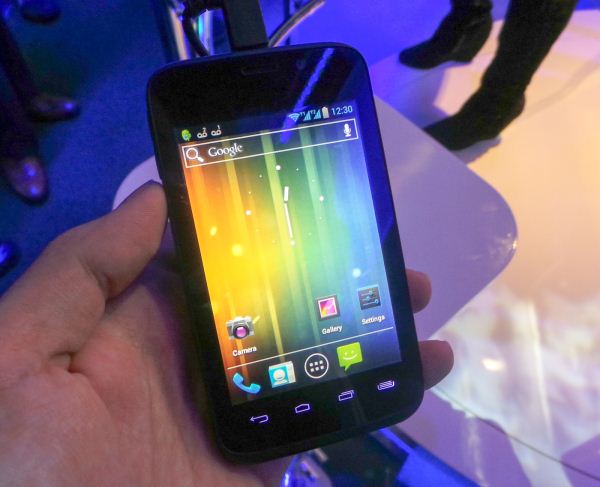
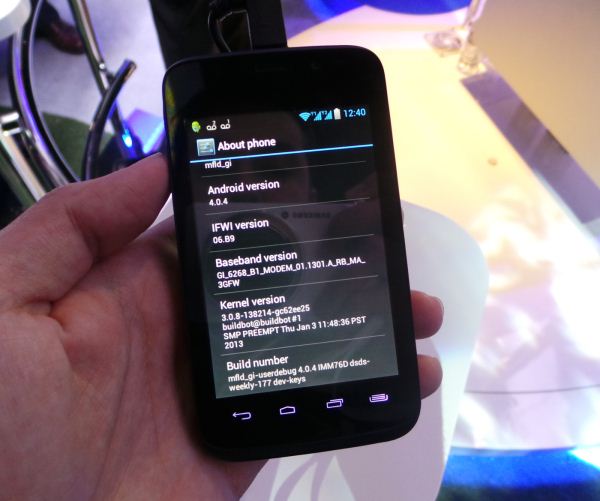



 Quote
Quote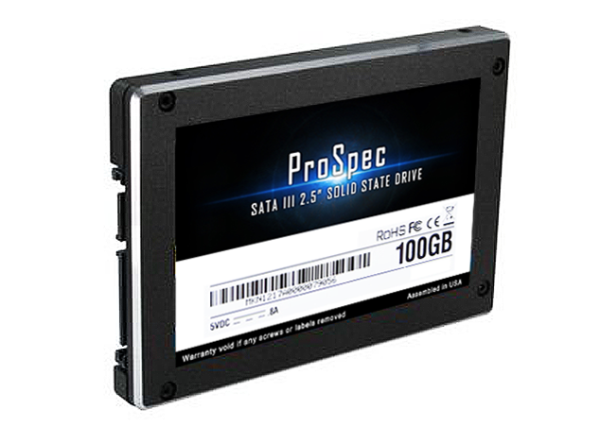
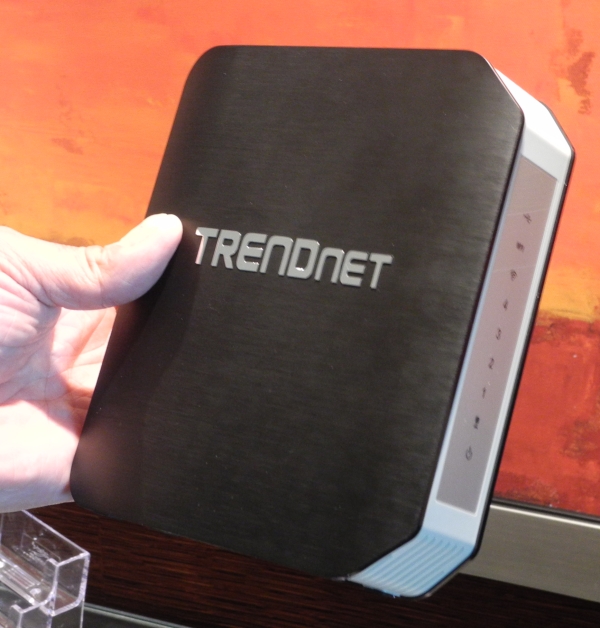
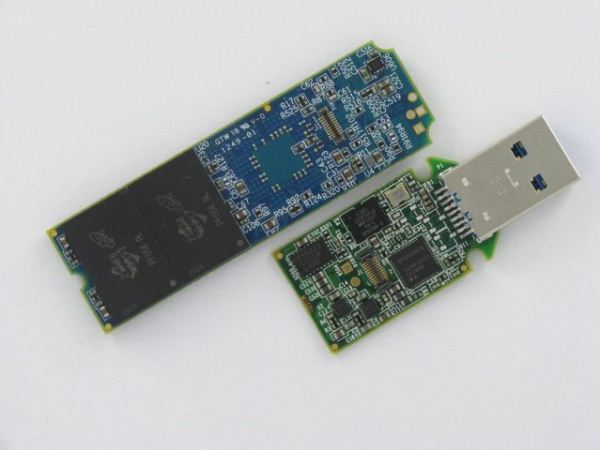
_thumb.JPG)
_thumb.JPG)
_thumb.JPG)

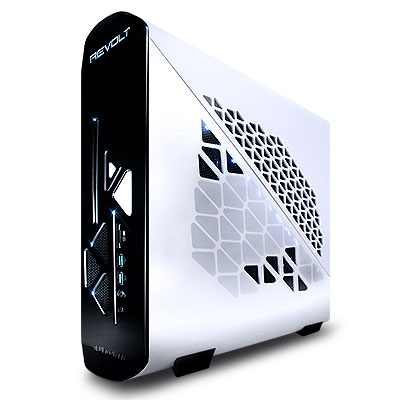
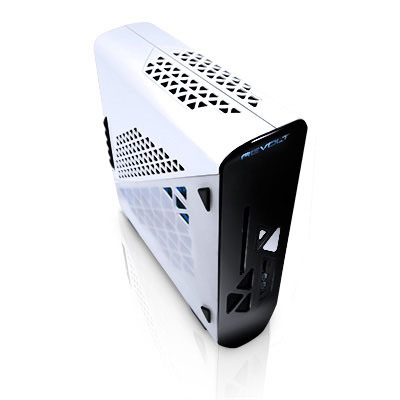
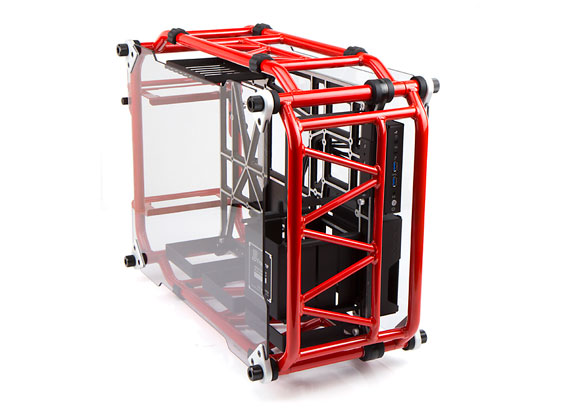
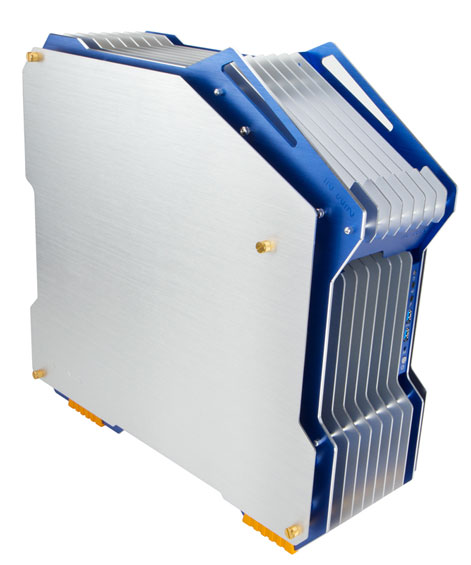
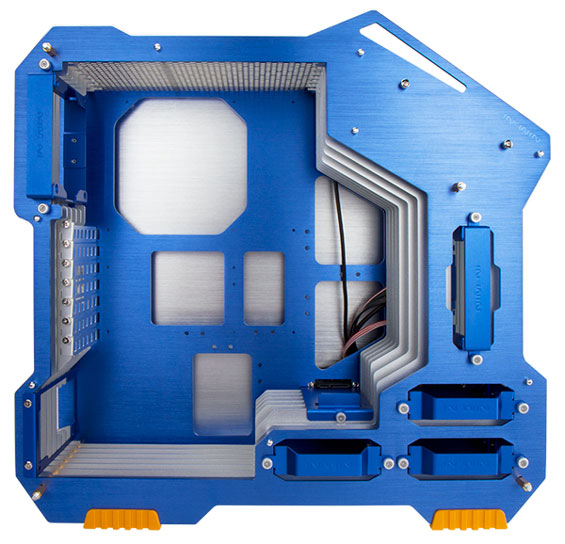
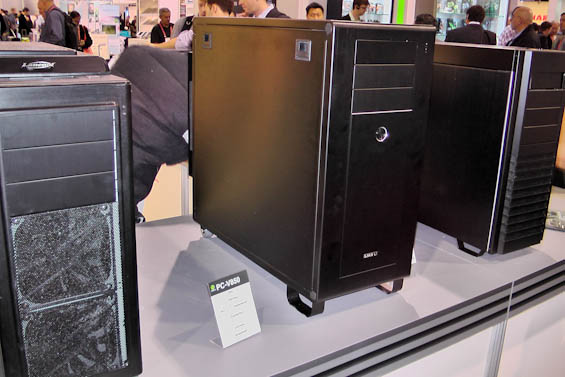
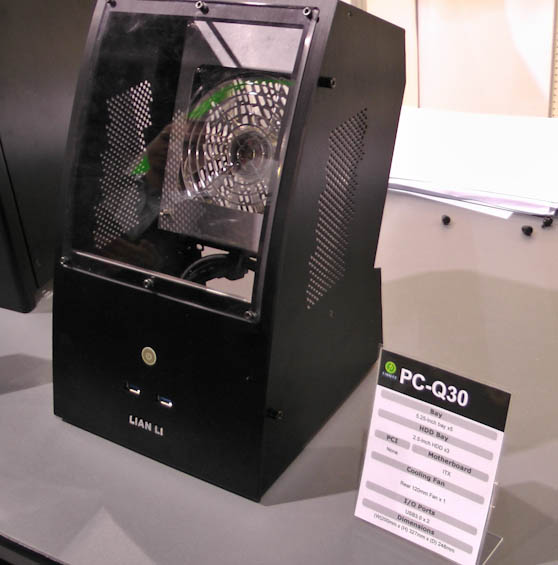
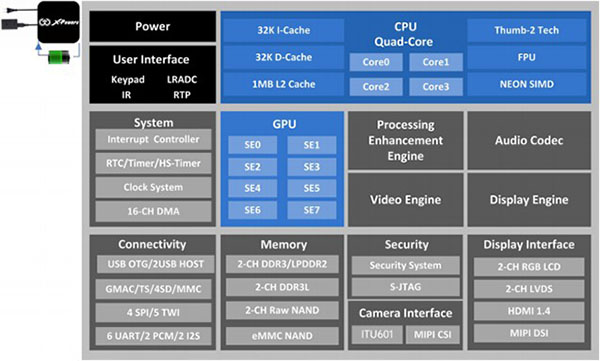
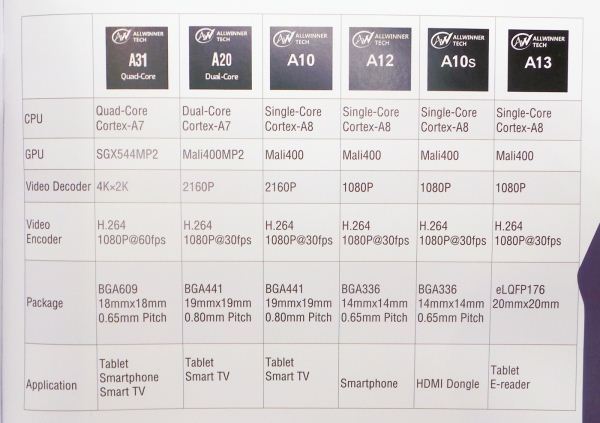
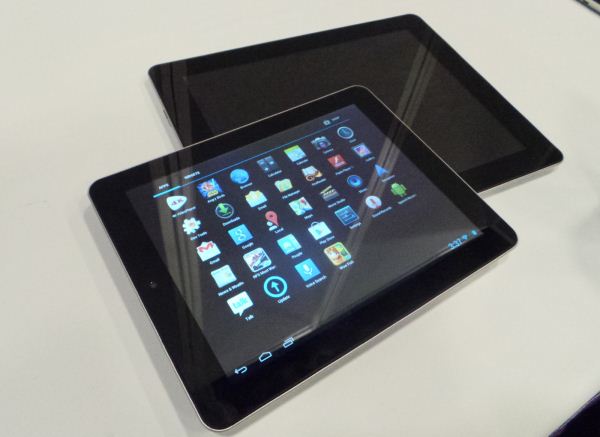
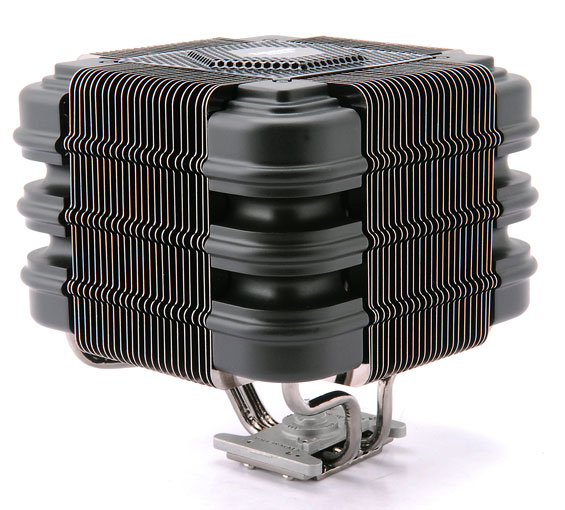
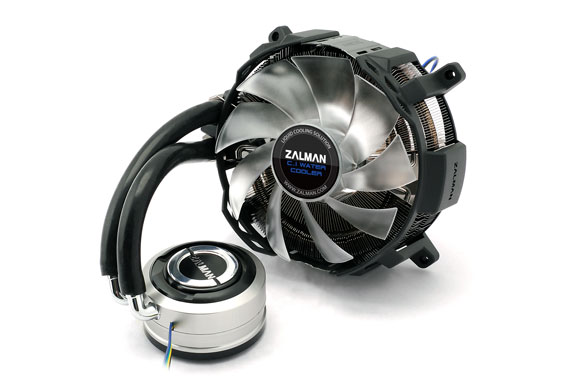
















Bookmarks